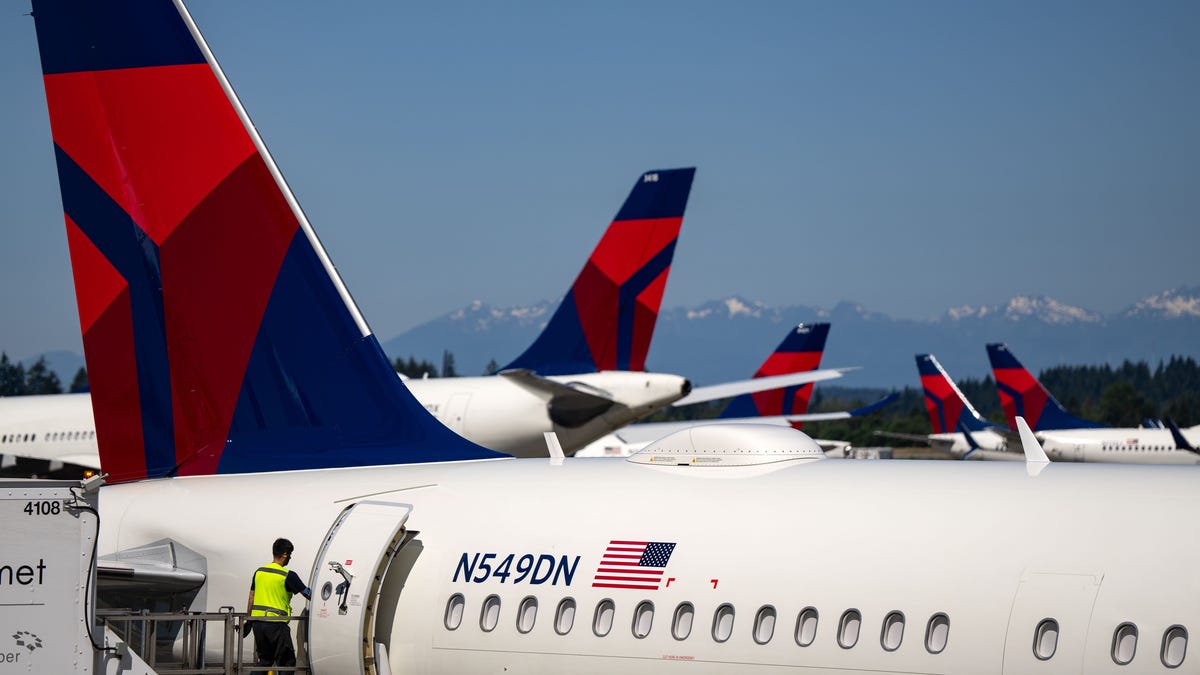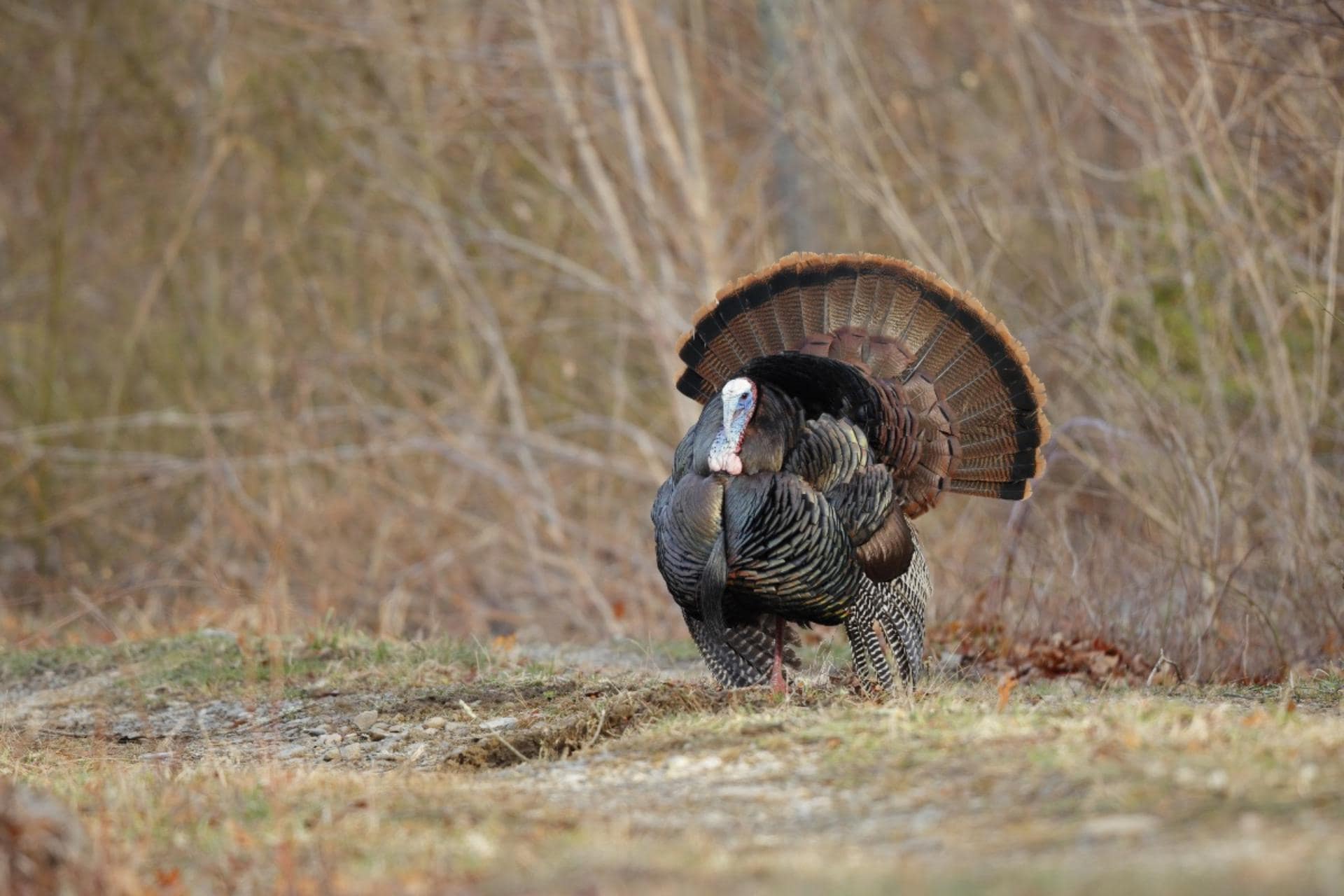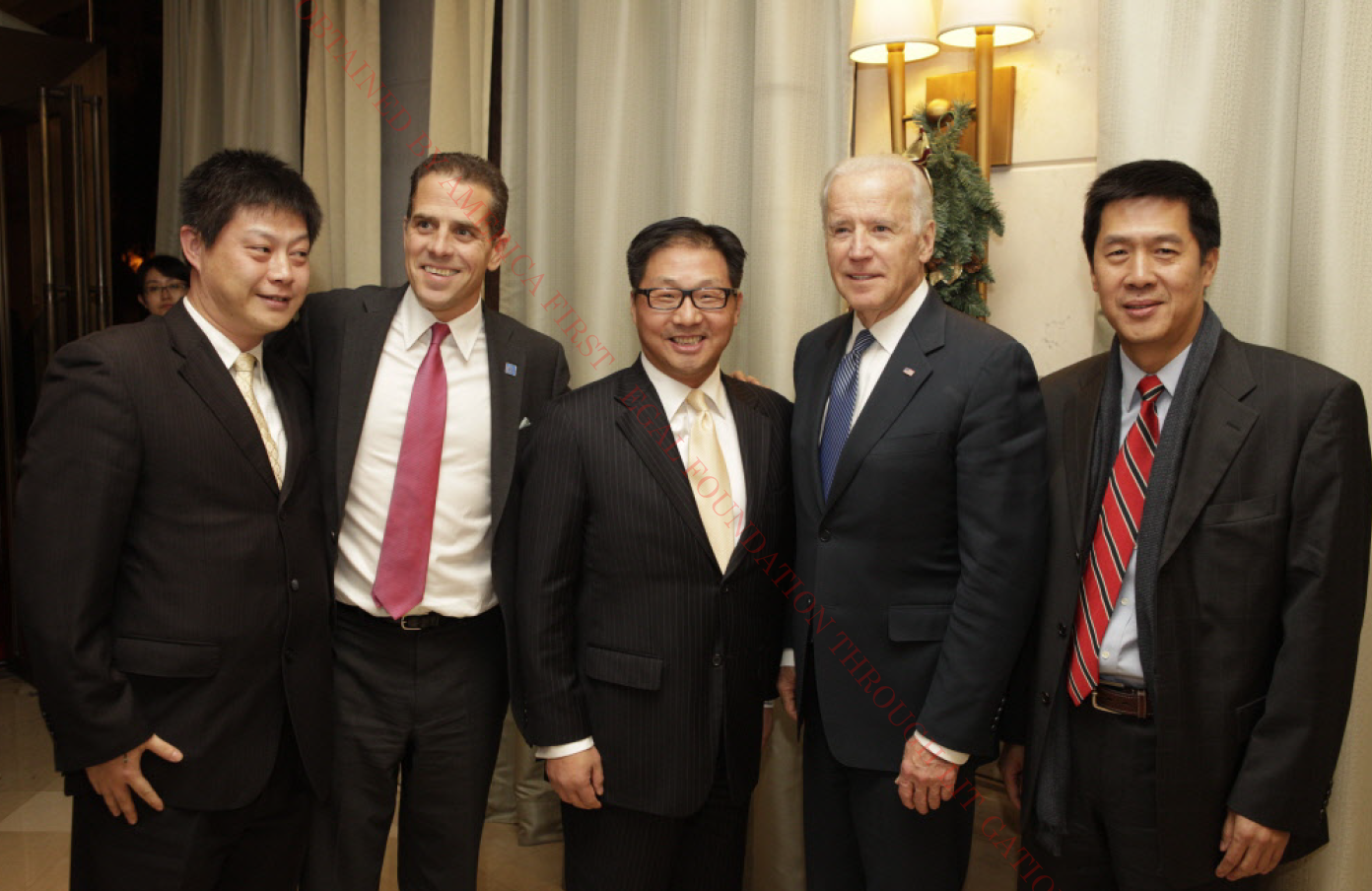Californians are sidestepping the state’s acute housing shortage and soaring property prices by building cute cottages in their backyards – but not everyone is happy about this new development.
Advocates say in-law suites or accessory dwelling units (ADUs) are the quickest and easiest way to get people into livable homes.
But some experts are warning that ADUs can drive down the price of single-family homes in neighborhoods because potential buyers may not want to live near the tenant of the backyard unit.
Others complain that these tiny homes are not a comparable substitute for building more traditional homes to combat housing shortages.
Despite this, many people are continuing to build ADUs – often to house elderly relatives who need assistance and have no use for a big home anymore.
After Teddy Gray King’s mother passed away in 2021, she decided to move her 88-year-old father into a prefabricated house on her property in Piedmont, a small Bay Area town just outside Oakland.
Pictured: An accessory dwelling unit on display. Many of them aren’t bigger than 1,000 square feet and have one bedroom
He had been living in a 3,000-square-foot home in Millbrae, which King said he was able to sell so it could be freed up for another family.
King said she bought the prefab house from an Oakland-based company for $268,000 and had it airlifted to her backyard in 2022.
‘In a place like Piedmont where…many houses have a big backyard, it’s kind of a perfect way for infill development (and) it’s pretty low impact from the visual perspective,’ she told the San Francisco Chronicle.
Wealthy communities like Piedmont – where the median household income is more than $250,000 – are the predominant areas where these backyard cottages get built, according to government data that tracks what type of housing is being constructed across the state.
After all, King paid nearly $270,000 for the one-bedroom home her father now lives in, which is higher than the median sale price for an entire house in Cleveland, Ohio, or Buffalo, New York.
King still made off with a discount though, since there isn’t a single one-bedroom home in Piedmont on the market for less than $389,000.

Pictured: A 650-square-foot backyard cottage in Oakland, California

Pictured: The exterior of the cottage, complete with a living area and a kitchen
However, if the goal with ADUs is to house more people who are being squeezed by rising rent in California, it’s unlikely to succeed.
A brief from the Virginia Housing Commission found that a significant percentage of ADUs don’t rent for below-market rates.
Scott Wild, the senior vice president of real estate-focused firm John Burns Research & Consulting, recently authored a report that agreed with this assessment.
‘If rented out, ADUs usually garner decent premiums over nearby multifamily rentals, positioning them at the high end of the comparable rental spectrum,’ Wild claimed.
A 2021 bill from the New York assembly tried to address this issue by creating an ADU financing program for homeowners who wanted to build one on their property.
But if they took a loan from the program, they’d have to rent the unit at a below-market rate in their area.
This proposal never made it out of committee.

Pictured: A 499-square foot ADU in Los Angeles. Putting a ‘1/2’ on the address number is a common practice for properties like this

Prefabricated accessory dwelling units are often small enough to be delivered by truck, pictured, or even be airlifted straight onto the property
Meanwhile, California is steaming ahead, leading the nation in the number of ADUs built.
Piedmont Mayor Jennifer Cavenaugh said the city doesn’t have many unused lots available for housing, which could be why no new living space has been built in Piedmont except for ADUs over the last three years.
ADUs were the only new housing built in two other Bay Area cities in 2022 and 2023: Los Altos and Hillsborough.
Matt Lewis, a spokesperson for California YIMBY (which stands for Yes in My Back Yard), supports Piedmont loosening restrictions on ADUs but said cities should also be repurposing existing buildings to house more people.
‘Every city has the ability to increase the number of homes within its borders,’ Lewis told the Chronicle. ‘We have some of the lowest density cities around and it’s because of the constraints cities have put not just on building but how many homes you can put in a building.’
The backyard cottage craze has come as a result of California passing legislation in 2016 that required cities to approve ADUs if they met parking and size requirements.
Over 31,000 homeowners applied for ADU permits in 2023, up from 7,000 in 2018, state data show.

Rohin Dhar, a San Francisco real estate agent, is skeptical about ADUs and fears they may lead to more complications for people trying to sell their homes
The momentum may only get stronger thanks to two new bills signed by Governor Gavin Newsom last year that allow property owners to sell ADUs separately from their primary home and ban local governments from forcing owners to live in their backyard cottages.
Even though it’s become all the rage, a San Francisco real estate agent raised serious concerns about ADUs and their potential impact on the housing market.
Rohin Dhar said he sees plenty of single family home owners who build ADUs to rent it out for some extra income.
The problem comes, he says, when they list their home, especially if there’s a tenant in the additional unit.
‘But when they go to sell the home, it sells for *way less* than if they had never built the ADU,’ he wrote in a post on X. ‘You’re basically selling a single family home with someone living in the in-law unit. That’s a hard sell!’

Another San Francisco real estate agent, Naomi Lempert Lopez, told DailyMail.com that the buyers she interacts with generally react favorably when shown properties with ADUs

Lopez recommends her clients sell their ADU-equipped home when there’s no tenant occupying the additional space to cut down on complications
Another San Francisco real estate agent told DailyMail.com that the buyers she interacts with generally react favorably when shown properties with ADUs.
‘For buyers, they open up possibilities with properties vis-à-vis extended guests or additional income,’ Naomi Lempert Lopez said. ‘There’s so much that you could do with an ADU and they add flexibility.’
She also said homes with ADUs sell for more than homes without them, though its important to note that an additional unit adds square footage, which almost by definition would increase the price of a property.
However, Lopez recommends her clients sell their ADU-equipped home when there is no tenant occupying the additional space to cut down on complications.
‘San Francisco is a city with extremely strong tenant protections, and so anything that is tenant occupied, be it the home, be it the ADU, be it a multi family, that is going to definitely give buyers pause,’ she said.
‘I would definitely say that selling vacant is a much bigger value add.’



























/cdn.vox-cdn.com/uploads/chorus_asset/file/24924653/236780_Google_AntiTrust_Trial_Custom_Art_CVirginia__0003_1.png)




/cdn.vox-cdn.com/uploads/chorus_asset/file/25672934/Metaphor_Key_Art_Horizontal.png)

